Achieving exquisite smoked flavors in a pulled pork BBQ requires diverse techniques. Brining for 1-3 days with salt, brown sugar, and herbs tenderizes meat and enhances flavor. Slow cooking at 225°F (107°C) for 8-10 hours breaks down connective tissues, resulting in pull-apart texture. Infuse flavors through marinades, dry rubs, or sauces: barbecue sauce, liquid smoke, smoked paprika, and garlic powder add depth. Create a signature BBQ sauce with tomato paste, vinegar, brown sugar, and spices for authentic smokiness. Accompany pulled pork with sides like coleslaw, pickled vegetables, mashed potatoes, sandwiches, or rice/pasta bowls for a complete BBQ feast.
“Unleash the mouthwatering aroma of perfectly smoked pulled pork BBQ with this comprehensive guide. Discover the secrets behind creating a tender, flavorful masterpiece. From understanding the art of smoky flavor and selecting the ideal cut of pork, to mastering brining techniques and choosing the right smoker, every step ensures exceptional results. Learn about various infusing methods—marinades, sauces, and dry rubs—to craft a balanced BBQ sauce that elevates your pulled pork. Serve it with captivating side dishes for an unforgettable culinary experience.”
- Understanding Smoky Flavor: Techniques and Sources
- Selecting the Right Cut of Pork for Pulled Pork BBQ
- Brining for Tenderness: A Step-by-Step Guide
- Smoking the Pork: Choosing the Right Smoker and Wood Types
- Achieving the Perfect Pull: Cooking Time and Temperature Tips
- Infusing Flavor: Marinades, Sauces, and Dry Rubs
- Creating a Balanced BBQ Sauce for Your Pulled Pork
- Serving Suggestions and Side Dishes to Complete Your Meal
Understanding Smoky Flavor: Techniques and Sources
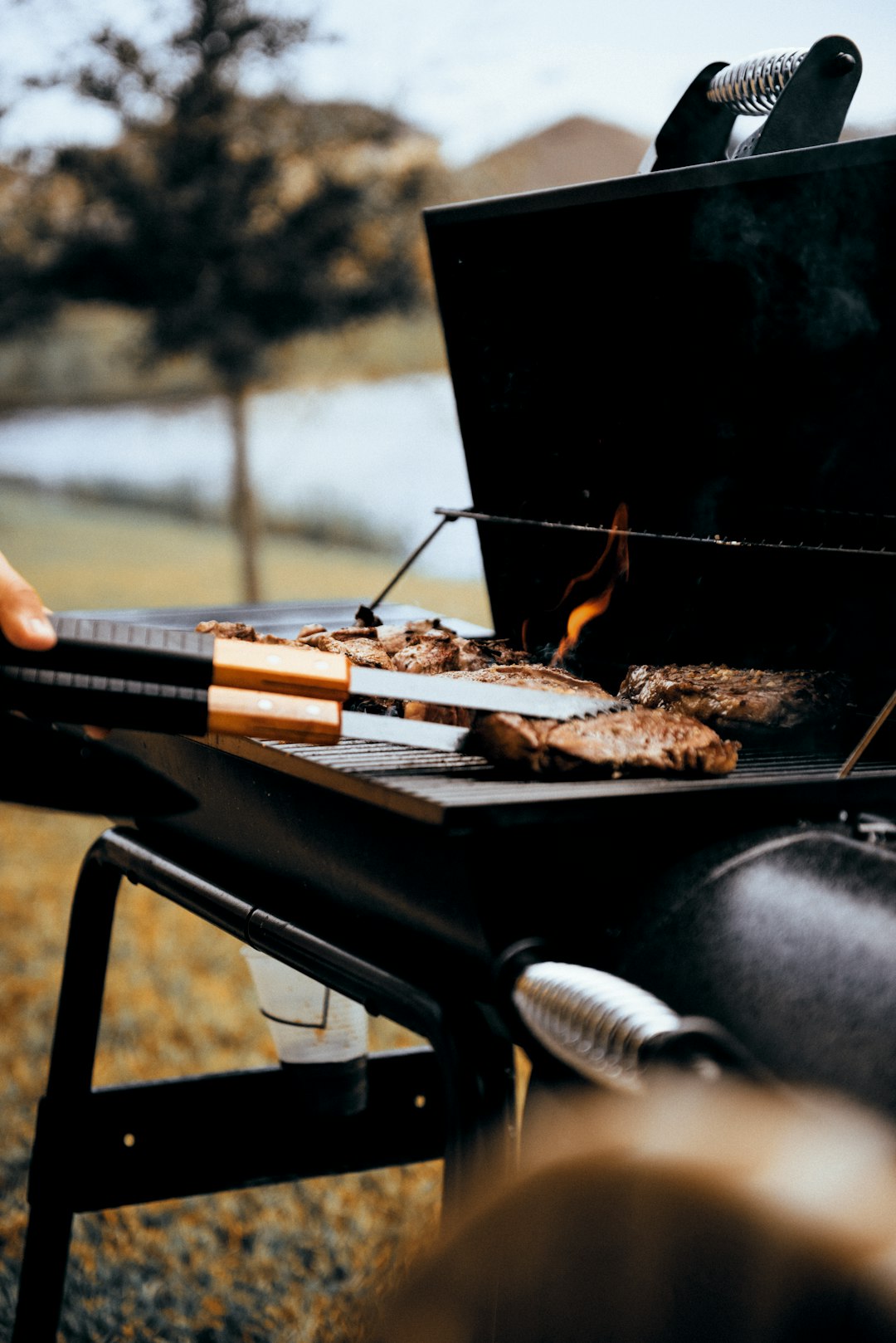
The smoky flavor in pulled pork BBQ recipes is a key element that defines its rich, complex character. Understanding this flavor profile involves exploring various techniques and sources. One popular method is smoking the pork directly over wood chips or chunks, such as hickory, oak, or mesquite, which imparts a subtle to robust smoke taste depending on the type and duration of wood used. This traditional approach requires patience, often using slow-roasting methods like pit smoking or cooking in a smoker at low temperatures for several hours.
Alternative techniques include infusing smoky flavor through marinades, dry rubs, or braising liquids. Marinades can incorporate liquid smoke or smoked paprika to add depth without the need for direct smoking. Dry rubs, on the other hand, use spices like brown sugar, salt, pepper, and smoked spices like cumin or chili powder to coat the pork before cooking. Braising liquids, such as beer or barbecue sauce blended with smoked woods, can also contribute to the desired smoky taste while keeping the meat tender during slow cooking.
Selecting the Right Cut of Pork for Pulled Pork BBQ

When crafting a mouthwatering pulled pork BBQ, choosing the right cut of meat is paramount. Opt for a shoulder or butt cut, known for their rich marbling and abundant connective tissues. These cuts break down easily during slow-cooking, resulting in tender, succulent pork that practically falls apart. This method allows the smoky flavors to infuse deeply into the meat, creating a delectable pulled pork BBQ recipe that’s sure to impress.
The slow cooking process is key here; it allows time for the collagen in these cuts to transform into gelatin, contributing to the meat’s mouthwatering tenderness. Additionally, the fatty marbling ensures that your pulled pork remains moist and juicy, enhancing every bite with a delightful smoky flavor—a hallmark of any exceptional pulled pork BBQ recipe.
Brining for Tenderness: A Step-by-Step Guide
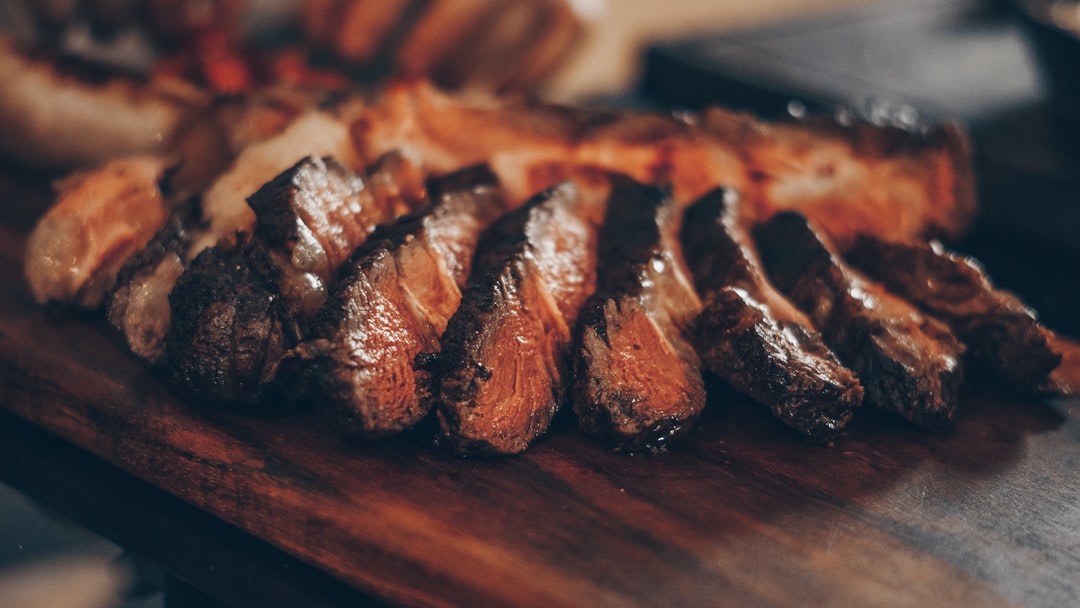
To achieve tender, mouthwatering pulled pork in a delicious BBQ recipe, brining is an essential step. Brine acts as a flavor enhancer and a natural tenderizer by drawing out some of the pork’s moisture and breaking down its muscle fibers. This process results in incredibly soft, juicy meat that shreds easily.
Here’s a simple, effective guide:
1. Mix Your Brine: Combine equal parts water and salt in a large container. For every 4-5 pounds (2 kg) of pork shoulder, use about 3/4 cup (170g) of salt. You can also add other flavors like brown sugar, black peppercorns, or your favorite herbs for extra depth in your pulled pork BBQ recipe.
2. Submerge the Pork: Place the pork shoulder into the brine solution, making sure it’s fully submerged. Cover and refrigerate for 1-3 days, depending on the desired tenderness.
3. Rinse and Dry: After brining, remove the pork from the mixture, rinse it under cold water, and pat dry with paper towels. This step ensures your pulled pork BBQ recipe starts with optimal flavor and texture.
Smoking the Pork: Choosing the Right Smoker and Wood Types
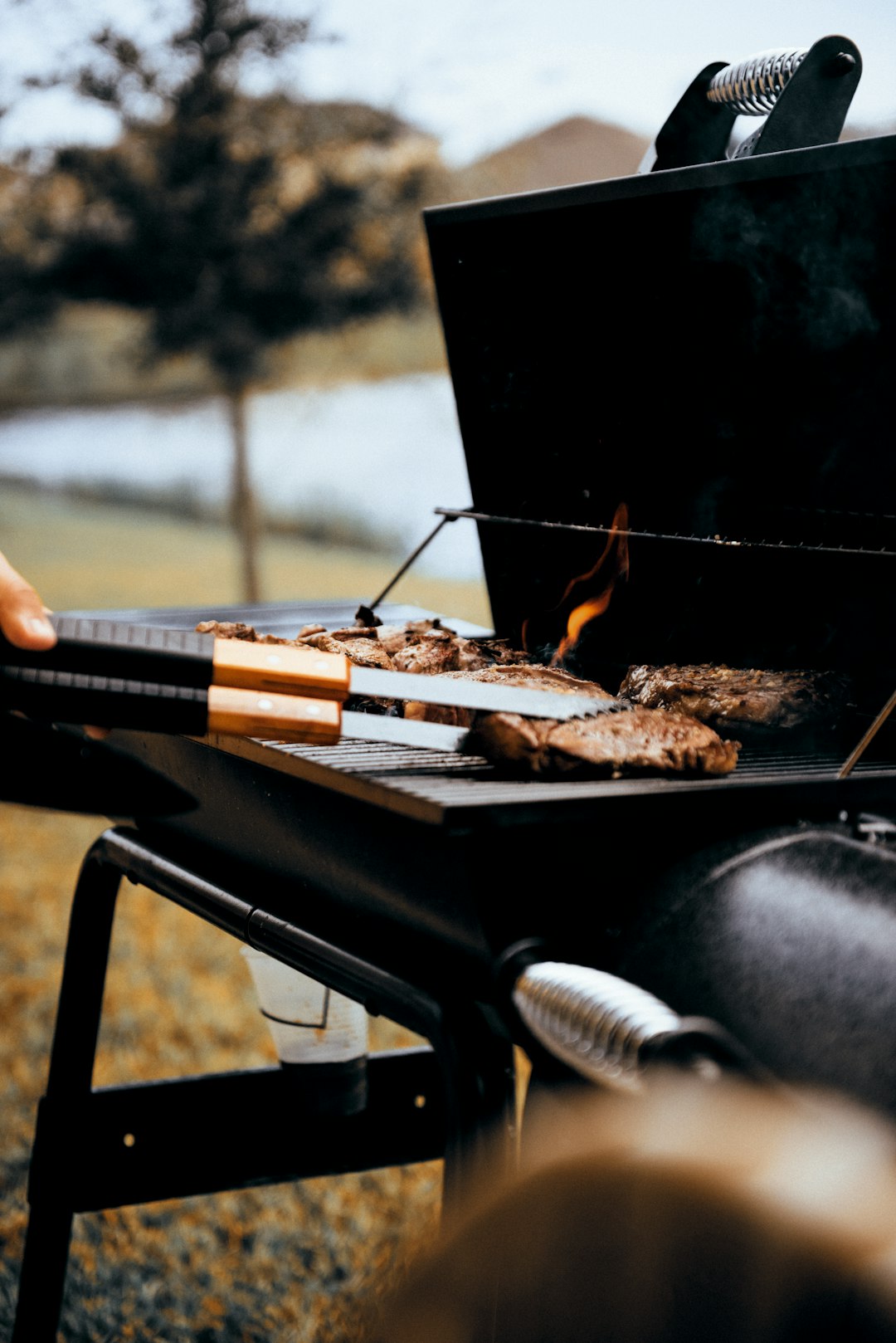
When it comes to smoking pulled pork, selecting the appropriate smoker and wood chips is half the battle won. For a delicious BBQ pulled pork recipe, consider investing in a reliable smoker that suits your needs. There are various types available, from traditional offset smokers to modern electric models, each offering unique advantages. Charcoal or wood-fired smokers are popular choices for authentic flavor, with wood types like hickory, oak, and mesquite adding distinct tastes. These natural smoke sources not only contribute to the overall aroma but also break down the pork’s connective tissues, making it incredibly tender when cooked slowly over low heat.
The key is to find a smoker that allows precise temperature control, ensuring slow, consistent cooking. With the right smoker and wood combination, you can achieve that mouthwatering smoky flavor infused into every tender pull of pork, elevating your BBQ game.
Achieving the Perfect Pull: Cooking Time and Temperature Tips

To achieve perfectly tender, pull-apart texture in your pulled pork BBQ recipe, timing and temperature are key. Start by cooking your pork shoulder at a low and slow pace—ideally around 225°F (107°C)—for approximately 8 to 10 hours. This long, gentle cooking allows the collagen in the meat to break down, resulting in incredibly tender fibers that literally pull apart with just a fork.
Keep an eye on your oven temperature and use a meat thermometer to ensure accuracy. The internal temperature of the pork should reach around 203°F (95°C) before you begin to shred it. At this point, the magic happens: once pulled, the hot moisture from the shredded meat will infuse with any added flavors—like smoky notes from your favorite BBQ sauce or dry rub—for a mouthwatering, tender pulled pork BBQ experience.
Infusing Flavor: Marinades, Sauces, and Dry Rubs
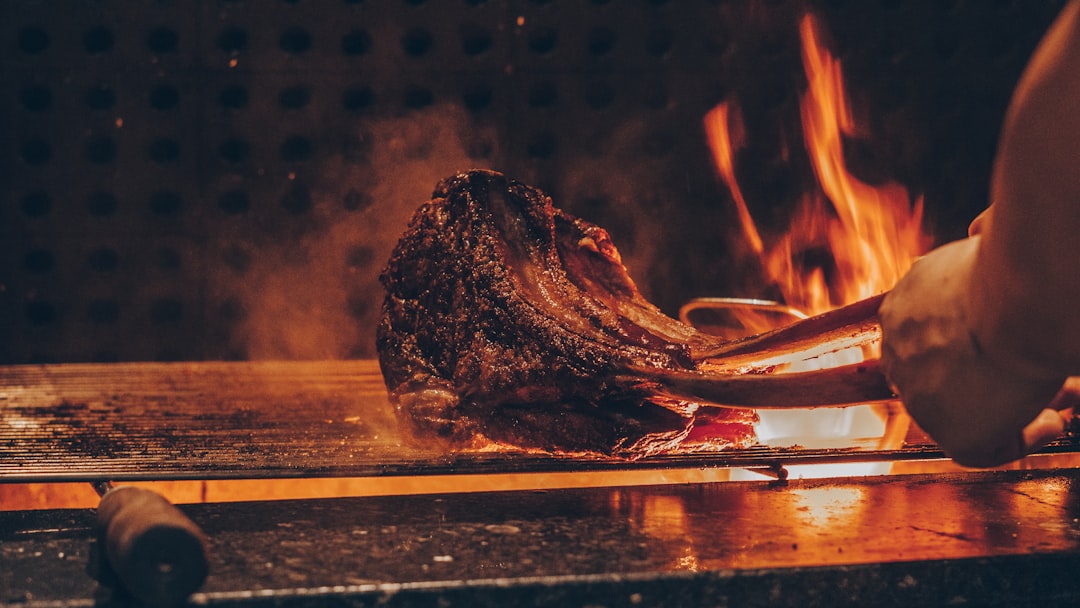
Infusing flavor is a key step in creating a mouthwatering pulled pork BBQ recipe. Marinades, sauces, and dry rubs are powerful tools to elevate the taste of this classic dish. For a smoky twist, consider using ingredients like barbecue sauce, apple cider vinegar, or liquid smoke in your marinade. These additions not only enhance the flavor but also help tenderize the meat.
Dry rubs, with their blend of spices, can be applied directly to the pork before cooking. A rub made with paprika, brown sugar, garlic powder, and a touch of cayenne pepper will add depth and a hint of heat. Sauces, on the other hand, offer a more substantial flavor profile. A simple tomato-based sauce or a creamy ranch dressing can be brushed onto the meat during the last few minutes of cooking for an extra layer of taste.
Creating a Balanced BBQ Sauce for Your Pulled Pork
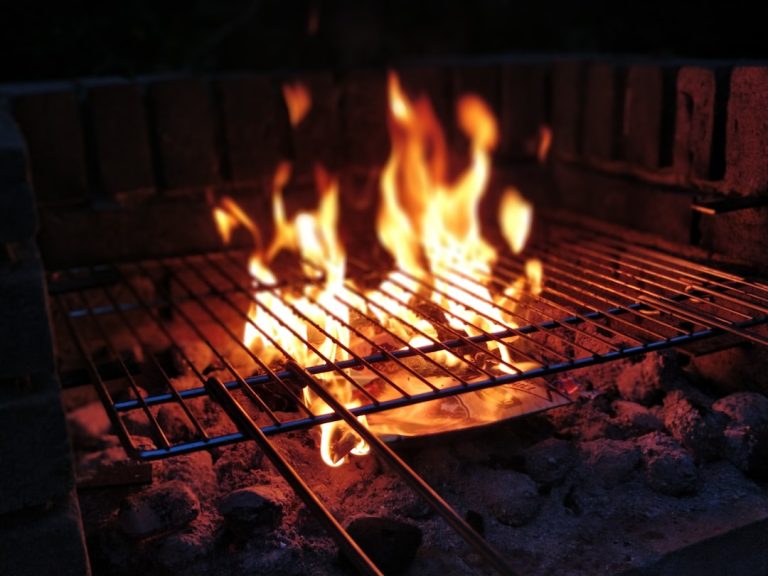
Creating a balanced BBQ sauce for your pulled pork is key to enhancing its smoky flavor. Start with a base of tomato paste, vinegar (apple cider or white), and brown sugar—ingredients that contribute depth and tanginess. Add in spices such as paprika, garlic powder, salt, and pepper to bring out the meat’s natural juices and add complexity. Adjust the sauce’s consistency by adding water or cornstarch slurry for a thicker texture, allowing it to cling better to the tender pork.
For an authentic pulled pork BBQ recipe, consider incorporating smoked paprika, cayenne pepper, and a touch of liquid smoke for that signature smoky taste without overwhelming the dish. Experiment with different sauce recipes until you find your perfect balance—a blend that complements the meat’s flavor profile while standing out in a crowd.
Serving Suggestions and Side Dishes to Complete Your Meal
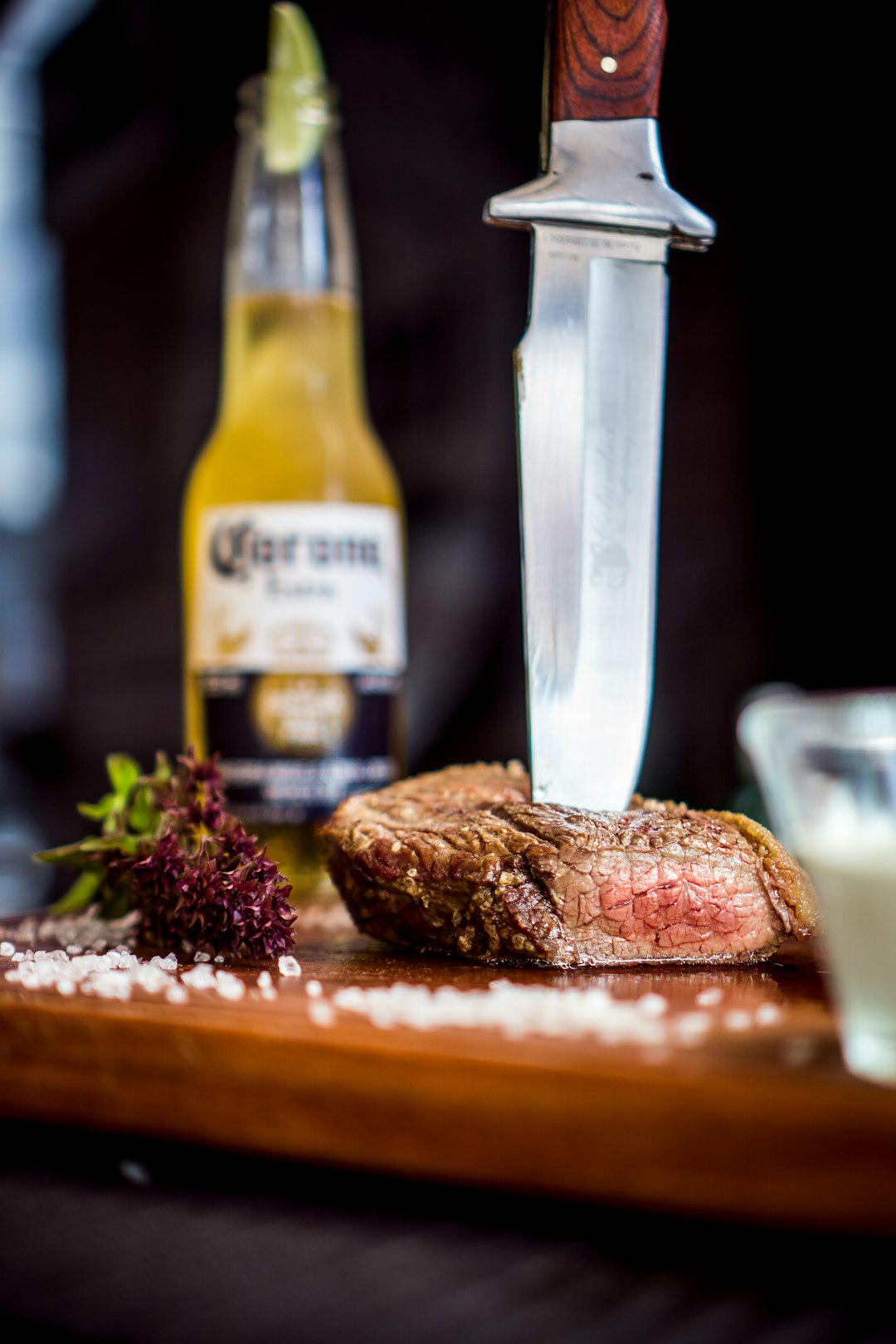
When serving your smoky, tender pulled pork dish, think about complementing flavors and textures to create a well-rounded meal. A classic pairing is a creamy coleslaw, offering a refreshing contrast to the rich, meaty pork. For an extra kick, serve with pickled vegetables or jalapeño slaw, adding a tangy crunch that balances the smoky flavor. Mashed potatoes are another excellent choice, especially when accompanied by a gravy made from the pork’s juices for an indulgent touch.
Don’t underestimate the power of a simple sandwich. Use a soft brioche bun and fill it with warm, tender pulled pork, BBQ sauce, and crispy onions for a quick and satisfying meal. For a heartier option, consider serving your pulled pork over rice or in a pasta dish, allowing guests to customize their portions with favorite toppings like cheese, green onions, or cilantro.
